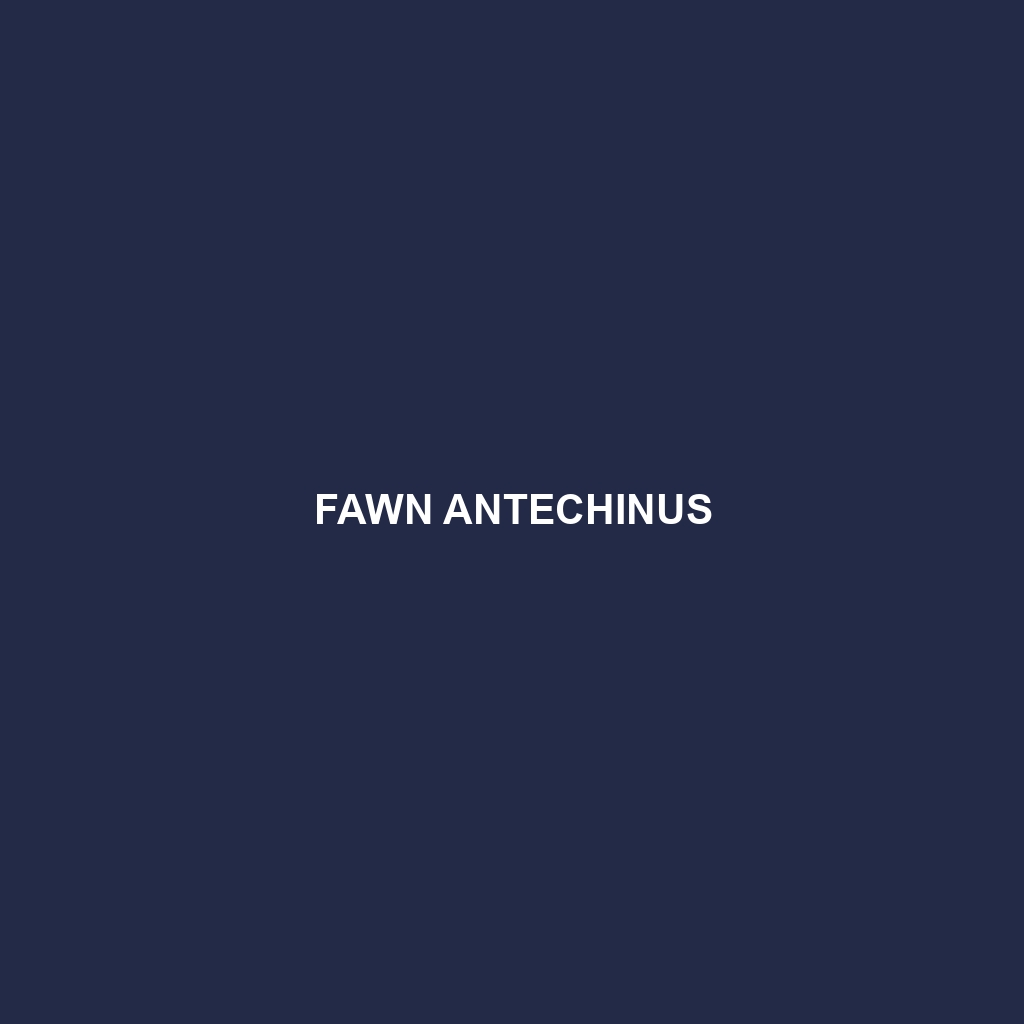Yellow-footed Antechinus: A Comprehensive Guide
The Yellow-footed Antechinus (Antechinus flavipes) is a small, carnivorous marsupial indigenous to Australia. Known for its distinctive yellowish-orange feet and high-energy lifestyle, this fascinating creature has captured the interest of both scientists and wildlife enthusiasts. Despite its small size, the Yellow-footed Antechinus plays a significant role in its ecosystem, displaying unique behaviors and adaptations that make it a remarkable species.
Physical Characteristics:
Size: Adult Yellow-footed Antechinus typically measure between 12 to 19 centimeters (4.7 to 7.5 inches) in body length, with an additional tail length of 10 to 15 centimeters (3.9 to 5.9 inches). They weigh between 20 to 75 grams (0.7 to 2.6 ounces).
Coloration: The Yellow-footed Antechinus boasts a gray to brownish-gray coat on its back, with a paler, whitish underbelly. The standout feature is its bright yellowish-orange feet, extending up to the lower legs, which give the species its name.
Special Features: This species has a pointed snout and sharp teeth, aiding in its insectivorous diet. Its tail, while not prehensile, is used for balance and movement in its arboreal habitat.
Behavior:
Social Interactions: The Yellow-footed Antechinus is generally solitary, except during the breeding season. Males are particularly known for their intense, short-lived mating period, which often results in their death due to the physical stress endured.
Feeding Habits: As an insectivore, its diet primarily consists of insects, spiders, and other small invertebrates. The Yellow-footed Antechinus is an opportunistic feeder, also consuming small vertebrates and occasionally nectar.
Ecological Role: This species contributes to pest control by consuming large quantities of insects, thereby maintaining ecological balance. It also serves as prey for larger predators, forming an essential link in the food web.
Habitats:
Geographical Range: The Yellow-footed Antechinus is found across various regions in Australia, including New South Wales, Queensland, Victoria, and South Australia.
Preferred Habitats: It thrives in diverse environments, ranging from dry sclerophyll forests and woodlands to rainforests and heathlands. The species prefers areas with dense undergrowth and ample ground cover, which offer protection and abundant food sources.
Adaptations:
Physical Adaptations: The sharp claws and agile body of the Yellow-footed Antechinus facilitate efficient climbing and foraging in trees and shrubs. Its acute sense of smell aids in locating prey.
Behavioral Adaptations: This marsupial exhibits nocturnal behavior, reducing competition for food and avoiding daytime predators. Its breeding strategy, involving synchronized and brief mating periods, enhances reproductive success despite high male mortality.
Conservation Status:
The Yellow-footed Antechinus is currently listed as Least Concern by the IUCN Red List. However, habitat destruction and fragmentation pose ongoing threats. Conservation efforts focus on habitat preservation and monitoring population trends to ensure long-term survival.
Fun Facts:
The mating period of the Yellow-footed Antechinus is so strenuous that males often die shortly after due to immune system collapse and stress-induced conditions.
Despite being a marsupial, the female Yellow-footed Antechinus does not have a true pouch. Instead, she uses skin folds and her abdomen to protect her developing young.
They are capable of entering torpor, a state of reduced metabolic rate, to conserve energy during periods of food scarcity or extreme weather conditions.
The Yellow-footed Antechinus is a testament to nature’s adaptability and resilience, with its unique attributes and behaviors making it a captivating subject for study and conservation.
